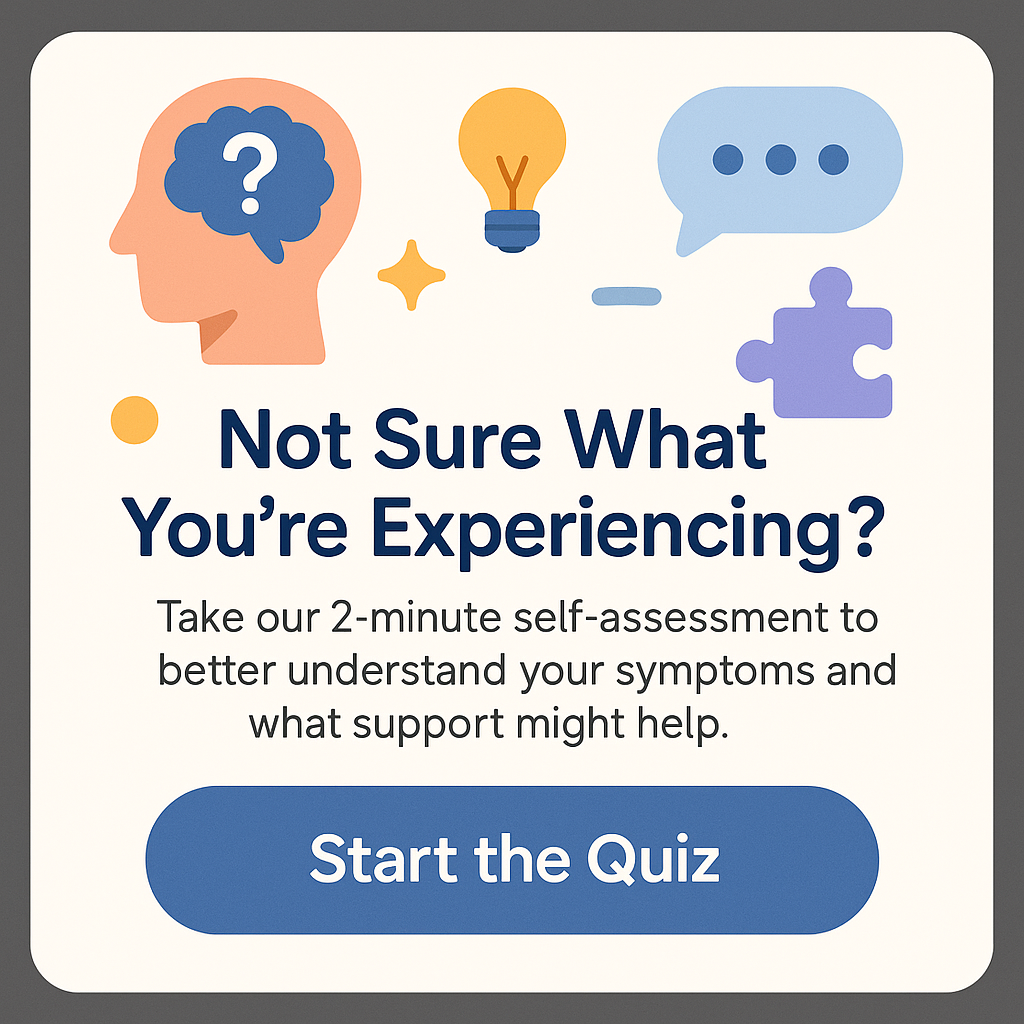What Does Autism Funding Cover?
Autism funding is a lifeline for many individuals and families affected by autism spectrum disorder (ASD). Understanding what autism funding covers is crucial for making informed decisions that can significantly impact the quality of life for those with autism. This article delves into the various aspects of autism funding, detailing what it encompasses—including therapies, support services, educational assistance, and more. By understanding these resources, families can better navigate the complexities of autism funding, ensuring that they capitalize on the assistance available to them.
Understanding Autism Funding
Before diving into the specifics of what autism funding covers, it’s essential to understand what autism funding is and its purpose. Autism funding can come from various sources, including government programs, private insurance, and non-profit organizations. These funds are designed to improve the lives of individuals with autism and provide necessary support for their families.
Usually, this funding is allocated to cover various therapies and education-related expenses. Each source of funding may have different guidelines regarding what it covers, and eligibility can vary significantly based on location and individual circumstances. Essentially, autism funding aims to provide individuals with opportunities to enhance their skills, social interactions, and overall development.
Moreover, it’s important to note that autism funding is not a one-size-fits-all solution. It often requires personal advocacy to ensure that individuals receive the specific services they need. As such, exploring what autism funding covers can help families advocate for better services and support tailored to their unique situations.
Common Services Covered by Autism Funding
So, what does autism funding cover? Let’s break down some of the most common services available under autism funding programs. These services can vary widely depending on the type of funding source, but they generally include:
1. Therapeutic Services
One of the primary areas that autism funding covers is therapeutic services. These therapies play a crucial role in the development of individuals with autism, providing channels for communication, social skills, and behavioral strategies. Some of the most common therapeutic services funded include:
- Applied Behavior Analysis (ABA): ABA is a well-known therapy based on learning principles to modify behaviors and improve skills. Many funding sources support ABA therapy due to its proven efficacy.
- Speech Therapy: Individuals with autism often face challenges in communication. Speech therapy can enhance verbal and non-verbal communication skills, making it an essential component of autism funding.
- Occupational Therapy (OT): OT focuses on helping individuals develop everyday skills necessary for independent living. From fine motor skills to sensory integration, funding typically supports occupational therapy.
- Physical Therapy (PT): While not as common as OT or speech therapy, PT can help individuals with autism improve their physical coordination and movement skills.
Each of these therapies addresses specific needs and goals. For example, while ABA focuses on behavioral modifications, speech therapy targets communication difficulties. Overall, therapeutic services are foundational to what autism funding covers, allowing individuals to build essential skills and strategies.
2. Educational Support
Education is another critical area that autism funding addresses. For many families, understanding what autism funding covers in terms of educational support is crucial. This funding can assist in various ways, including:
- IEPs (Individualized Education Programs): Autism funding can help cover the costs associated with developing and implementing IEPs, which tailor educational experiences to meet the needs of children with autism.
- Specialized Programs: Some funding sources cover tuition for specialized schools that cater primarily to students with autism, offering unique curriculum adaptations and teaching techniques.
- Assistive Technology: Educational technologies, such as communication devices or software that aids learning, often fall within the realm of autism funding. This technology can provide substantial assistance in educational settings.
- Tutoring and School Supplies: Funding may also extend to things like academic tutoring for subjects like math or reading, as well as covering general school supplies and materials necessary for learning.
Educational support through autism funding is vital for fostering academic success. By ensuring that children receive appropriate educational resources, families can help mitigate the challenges often faced in traditional school settings.
Family Support Services
Another crucial aspect of what autism funding covers is services aimed at supporting families. Parents and caregivers often shoulder significant responsibilities when coordinating care for their loved ones with autism. As such, various family support services can be covered through autism funding, making everyday life a bit easier:
1. Respite Care
Respite care provides temporary relief for families. Many funding programs cover the costs associated with respite care services, allowing family members a chance to recharge. This can include hiring caregivers or accessing community programs providing temporary care, giving parents some much-needed time off without worrying about the care of their child.
2. Parent Training and Counseling
Many funding sources offer parent training workshops or counseling services. This helps families learn more about autism, develop effective strategies to foster their child’s development, and cope with the unique challenges that arise. Training may cover behavioral strategies, communication techniques, and ways to manage stress.
3. Support Groups
Support groups play an integral role in the autism community. Autism funding can help cover the costs associated with these groups, providing families a space to share experiences, insights, and resources. Having access to peer support can be invaluable and help families feel less isolated.
4. Community Programs
Some funding programs allow families to participate in community activities and events designed specifically for individuals with autism. This can include social skills groups, recreational activities, and workshops aimed at increasing independence and quality of life.
Merging family support with autism funding can create a network of care, enhancing the overall well-being of both individuals with autism and their families. By recognizing the importance of family support services, funding creates a holistic approach to addressing autism.
Evaluating Your Funding Options
As you explore what autism funding covers, it’s essential to evaluate your options carefully. Because the landscape of funding can be complex and varies across states and countries, knowing where to look for assistance is key:
1. Government Programs
Many countries and states provide government-funded programs designed specifically to assist individuals with autism and their families. This can include Medicaid, state-based funding, or social service programs. Investigating these options should be your first step. Each program may have different eligibility criteria and coverage, so make sure to read the fine print.
2. Private Insurance
Private health insurance policies often cover certain autism therapies. Review your policy carefully or speak to your insurance representative to understand what services are covered under your plan. Don’t hesitate to ask questions if anything is unclear!
3. Non-Profit Organizations
Several non-profit organizations provide resources, grants, and information about autism funding. Organizations focused on autism advocacy can offer valuable assistance, ranging from legal advice to direct funding opportunities for therapy and education.
4. Community Resources
Your local community may offer various resources as well—many places have autism support centers that provide information on funding sources, workshops, and peer support. Connecting with local autism groups can be especially helpful for learning about advantages or programs not widely advertised.
5. School District Resources
Always engage with your child’s school district. They can provide significant guidance on what special education services may be available under federal law, particularly through the Individuals with Disabilities Education Act (IDEA). Schools often have resources to assist families navigating autism funding.
Overall, understanding what autism funding covers involves exploring various avenues of support. All families want the best for their children, and knowing where to turn for assistance is essential.
Conclusion
In summary, understanding what autism funding covers is crucial for families navigating the complexities of autism spectrum disorder. From therapeutic services and educational programs to family support systems, funding options can significantly improve the quality of life for those with autism and their families. By leveraging resources like government programs, private insurance, and community organizations, families can access the support they need to help their loved ones thrive. The journey may appear daunting, but with a clearer understanding of funding coverage, advocates can make empowered choices that enhance lives. Embrace the possibilities offered through autism funding, and don’t hesitate to seek out the assistance you need for a brighter future.
Frequently Asked Questions (FAQs)
1. What types of therapies are typically covered by autism funding?
Autism funding often covers therapies like Applied Behavior Analysis (ABA), speech therapy, occupational therapy, and physical therapy. These therapies focus on improving various skills necessary for daily life.
2. Are there age restrictions on autism funding?
Age restrictions can vary by program and funding source. Some might be available for children only, while others may extend into adulthood. It’s essential to check the eligibility criteria for each funding option.
3. Can autism funding cover educational expenses?
Yes, many autism funding programs cover educational expenses, including IEP development, tuition for specialized schools, assistive technology, and tutoring.
4. What should I do if I encounter difficulties accessing autism funding?
If you’re facing challenges, consider engaging with a social worker, advocate, or autism resource organization. They can provide guidance and support while navigating funding options.
5. Is there a limit to how much autism funding I can receive?
Funding limits will depend on the specific program or source. Some resources may have caps on annually available funds, while others are based on individualized assessment. Always review program details for clarity.
What Are Children with Autism Usually Good At? Uncovering Their Unique Strengths
Can a Child with Autism Be Normal? Insights and Understanding







